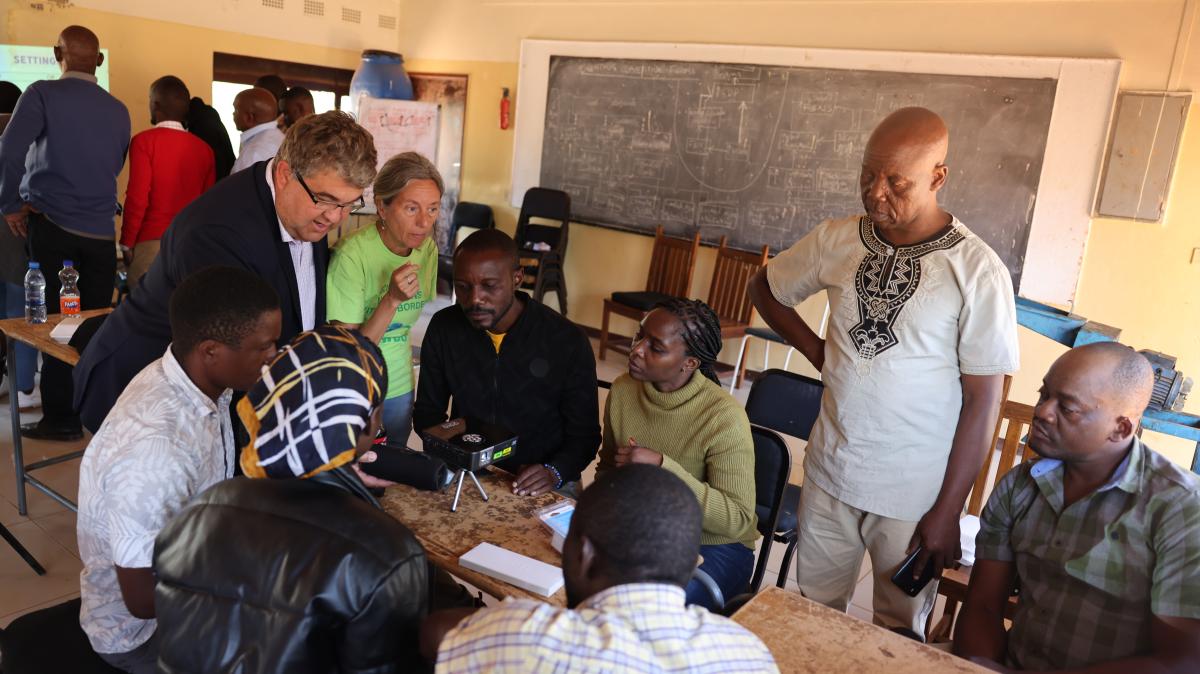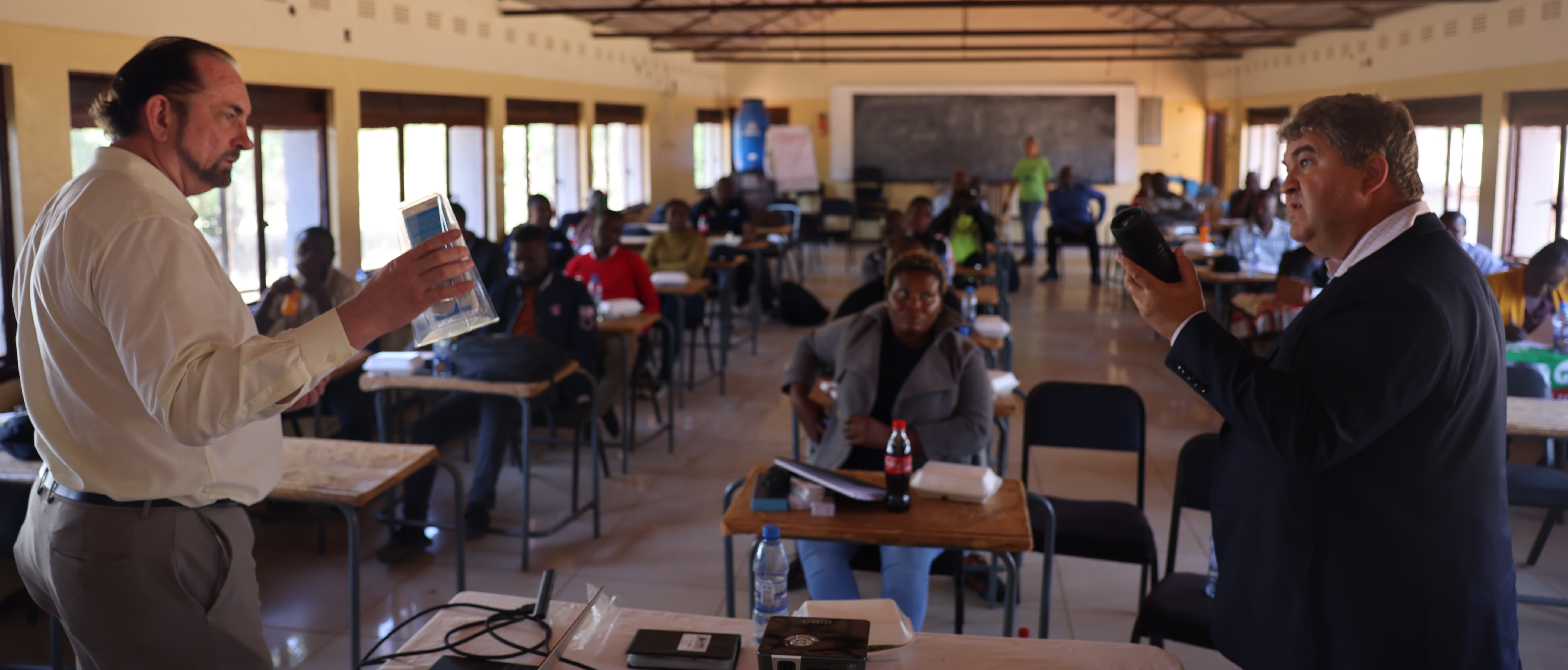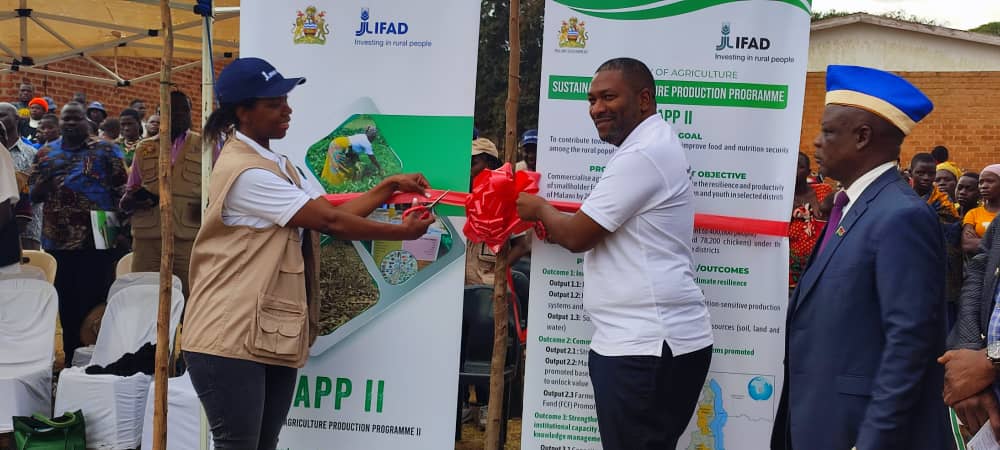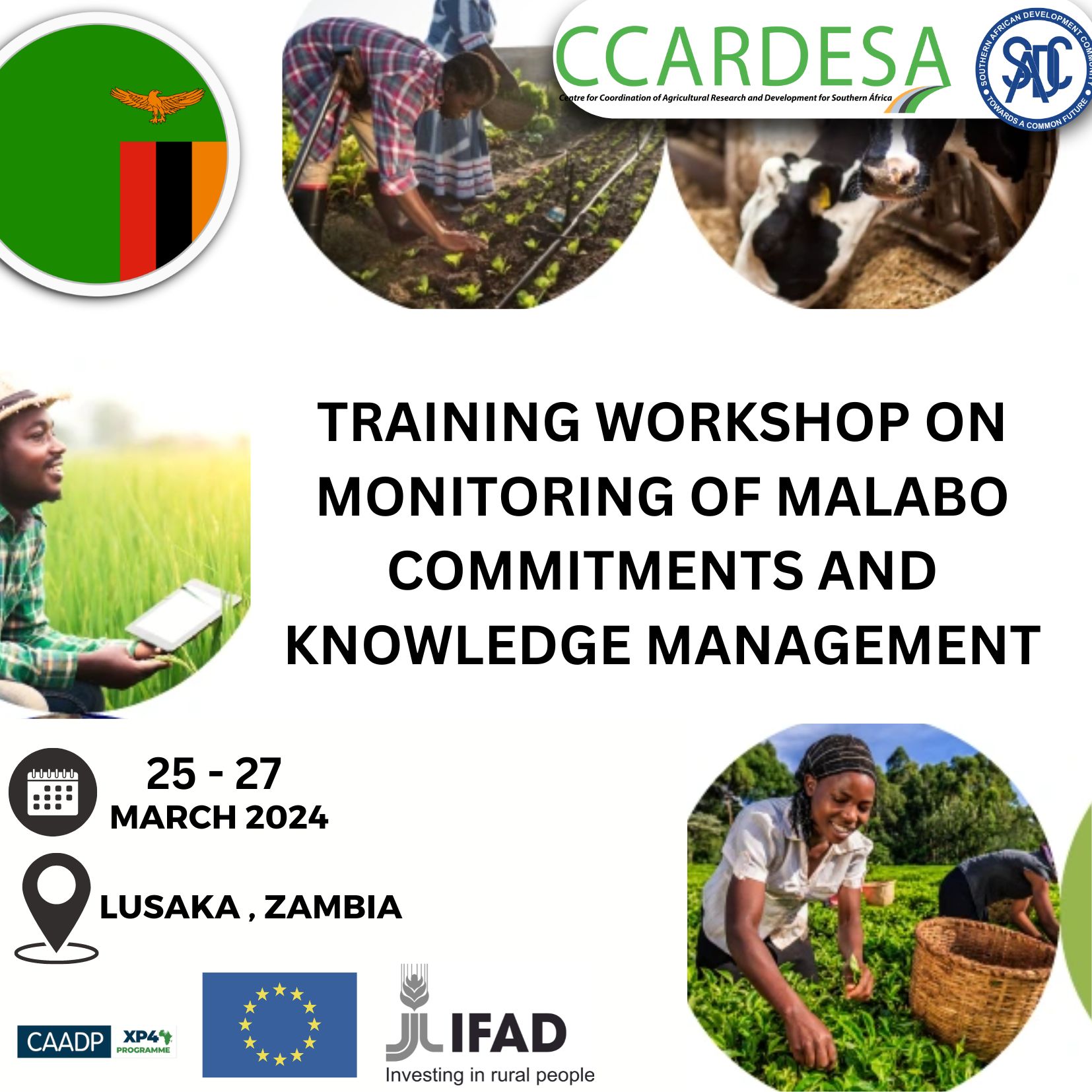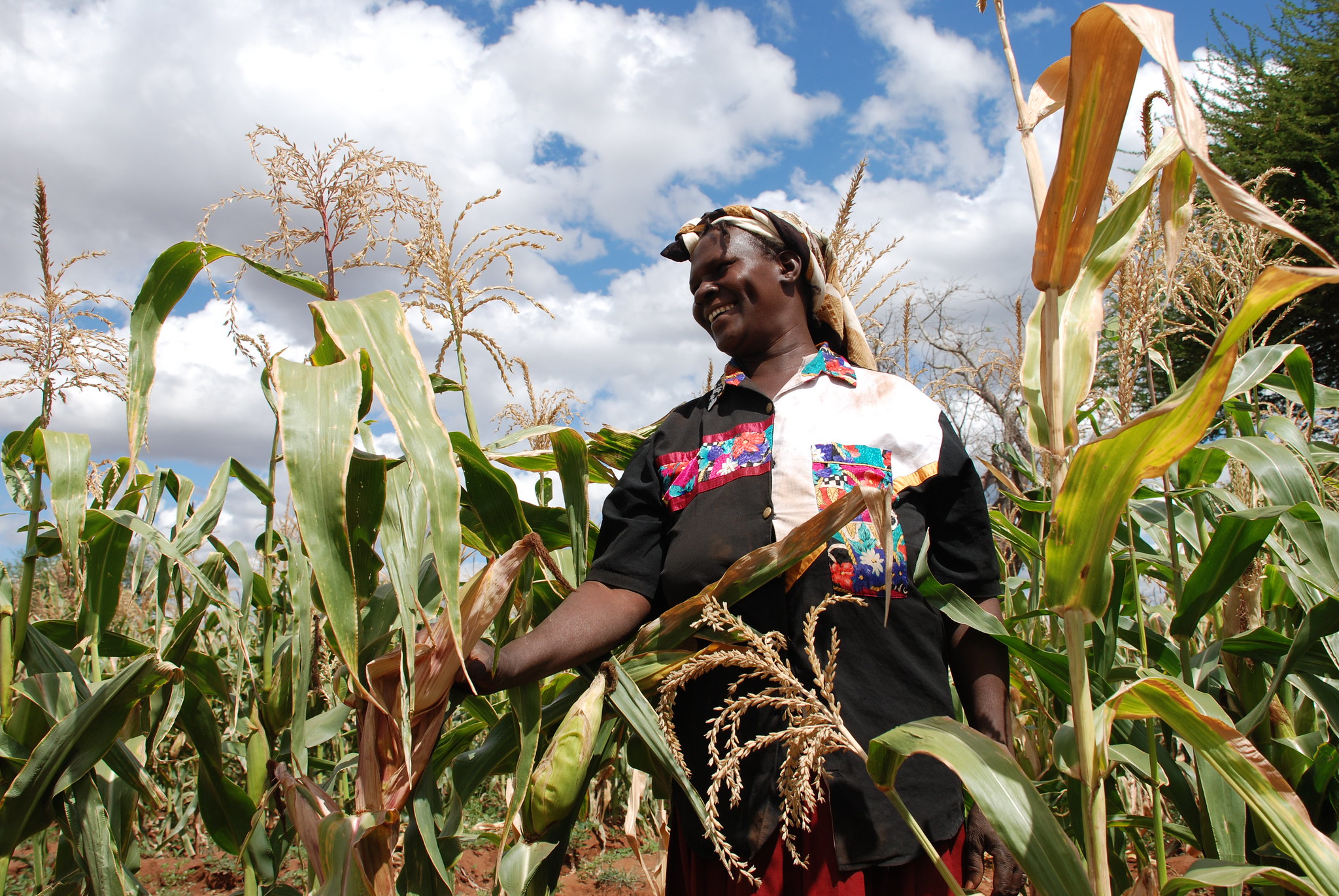Description/Abstract
This new National Forestry Policy for the development of the forest sector in Mauritius is the outcome of discussions and consultations with key stakeholders in government, civil society and other interested parties, a detailed study and review of relevant documents, the forestry sector, related issues and the range of activities associated with the sector. It replaces the previous official forestry policy statement enunciated in 1963.
Work on the preparation of the new Policy began on 01 October, 2004, and was completed on 30 April, 2006. It was undertaken by the Forestry Service under the direction of the Ministry of Agro-Industry and Fisheries. International assistance for the formulation of the Policy was provided by the Food and Agriculture Organization of the United Nations under its Technical Cooperation Programme.
The Policy is a statement of the intentions of the Government for the development of the forest sector and is designed to protect and enhance the country’s natural environment, biodiversity and national heritage, while at the same time promoting recreation and tourism. The Policy describes, in general terms, the directions that forestry activities should take in the coming decade to address identified issues and problems. It is also a guide for decision-making.
Forestry policy formulation is a dynamic process that must be reviewed periodically in the light of a changing environment, society and globalisation of forestry.
Citation
Ministry of Agro-Industry and Fisherie. (2006). National Forestry Policy. Mauritius.


